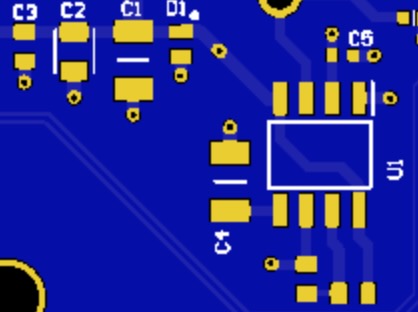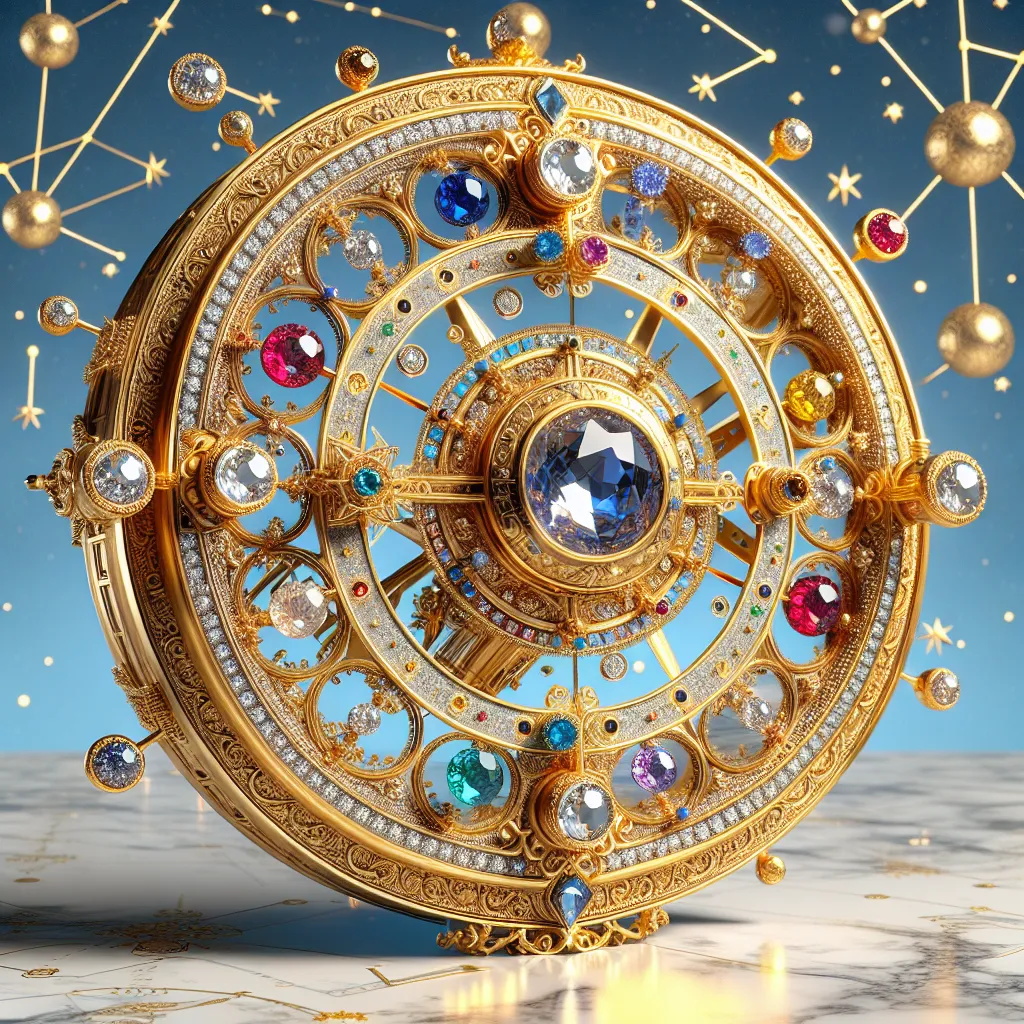Exact Measurement? For Innovation, and Progress
A coherence-based Noise Reduction System, approaches a time-independent reference, or exact standard, for the measurement of time. Download summary of scientific research here.
Upgrading Digital 3D: More Detailed Information and Better Depth Perception By Reducing Measurement Uncertainty

Areas of Application of Coherence Technology Pdf download here: https://www.upgradingtechnology.com/support-files/areasofapplication.pdf
To Improve user experience of digital 3D Innovators Increase measurement certainty and coherence time. Measurement uncertainty seems to be related to the uncertainty, or dizziness, experienced with many 3D technologies.
Digital 3D refers to the creation and manipulation of objects and images in a three-dimensional space through a digital medium. This technology is pivotal in industries like architecture, medicine, gaming, and entertainment. The most recent advancements are seen in VR (Virtual Reality) and AR (Augmented Reality) platforms, which use digital 3D to create highly immersive and interactive experiences.
AR and VR devices such as the Oculus Rift, Microsoft HoloLens, and HTC Vive offer vivid simulations of a three-dimensional environment. Newer applications of digital 3D are seen in photorealistic 3D models and renders, haptic gloves that simulate touch, 3D scanning technologies, and spatial computing platforms like Magic Leap.
However, there are a few challenges associated with the existing digital 3D technologies. One primary issue is that they are computationally demanding and require powerful hardware and software to deliver a satisfactory user experience. They are also susceptible to rendering issues like latency and frame drop, which can significantly hamper user experience and can sometimes cause nausea or dizziness in VR.
Current technology's portrayal of 3D reality can sometimes be unconvincing due to issues with depth perception, insufficient light, or shadow simulation, low resolution, and the lack of sensory feedback apart from sight and sometimes, sound. As an example, a landscape in a VR game may appear stunningly real from a distance, but objects might lose their crispness and realism upon closer examination.
Future technological advancements like Ray-Tracing and higher computing power are promising to enable more realistic portrayals of 3D. Ray-Tracing, in particular, improves light, shadow, and reflection effects, thereby enhancing realism. More detailed information, such as texture, topography, and object interaction can add to this realism. For example, more detailed scans or models could enable real-time reflections and more convincing tactile feedback, providing a heightened sense of presence.
Numerous studies have been conducted to evaluate the impact of 3D technology on the end-user. For example, a study by University of Minnesota suggests that 3D does have a noticeable and positive impact on user learning and retention. However, they also cautioned that the benefits might depend on the quality of the 3D materials and how they're used.
More immersive and more realistic digital 3D
For the future, improving measurement certainty by increasing coherence time, and reducing noise, would indeed lead to better digital 3D experiences. For example, in Quantum Computing, increased coherence time allows for more computational steps in the quantum state, allowing more sophisticated computation and thus potentially, better 3D renders.
Therefore, the progression towards a more immersive and realistic 3D experience would likely involve a mixture of advances in computing hardware, software rendering techniques, and digital 3D model quality and detail.
For a taste of the future of digital 3D when it becomes available (May 2024) you may want to check out the Coherence Hasslefree Innovation Program™ (CHIP)
